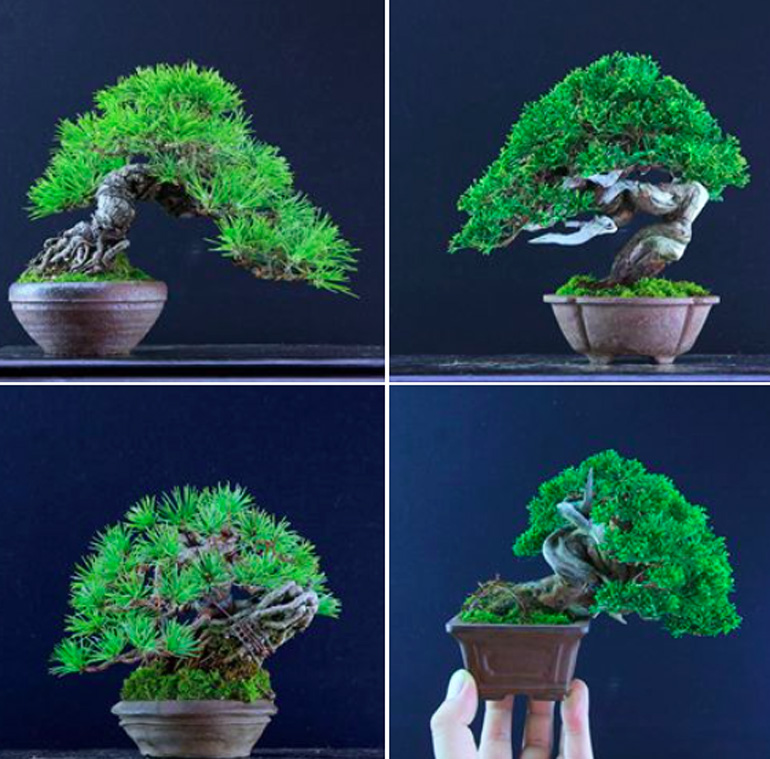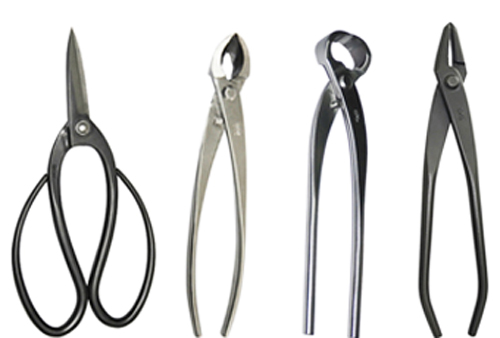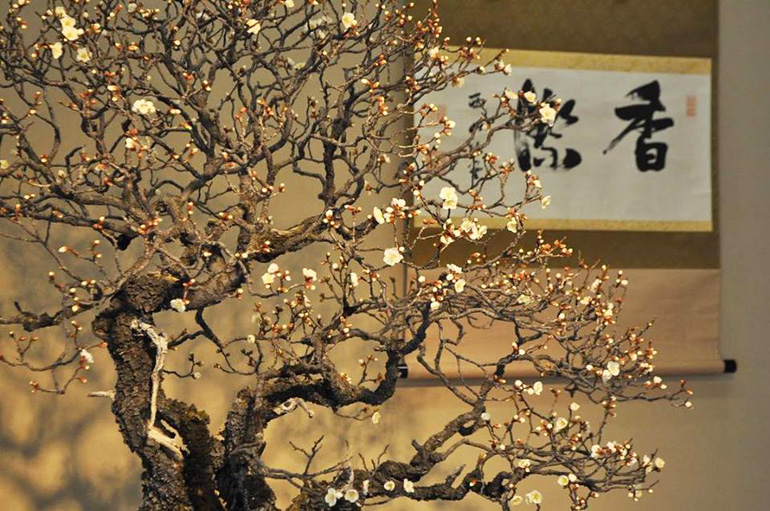
Japanese apricot (often referred to as Ume) at the Omiya Bonsai Art Museum in Saitama, Japan. You can see the whole tree below
We’re going to continue with the Omiya Bonsai Art Museum today, but this time with newly posted photos from their facebook timeline. Ones we’ve never shown before
20% OFF EVERYTHING
SITE WIDE SALE
ENDS TONIGHT
PLUS AN EXTRA 10% TO 20% OFF ROSHI TOOLS
AN EXTRA 10% OFF BONSAI POTS
THESE SPECIALS END WEDNESDAY, JAN 23RD AT 11:59PM EST
–
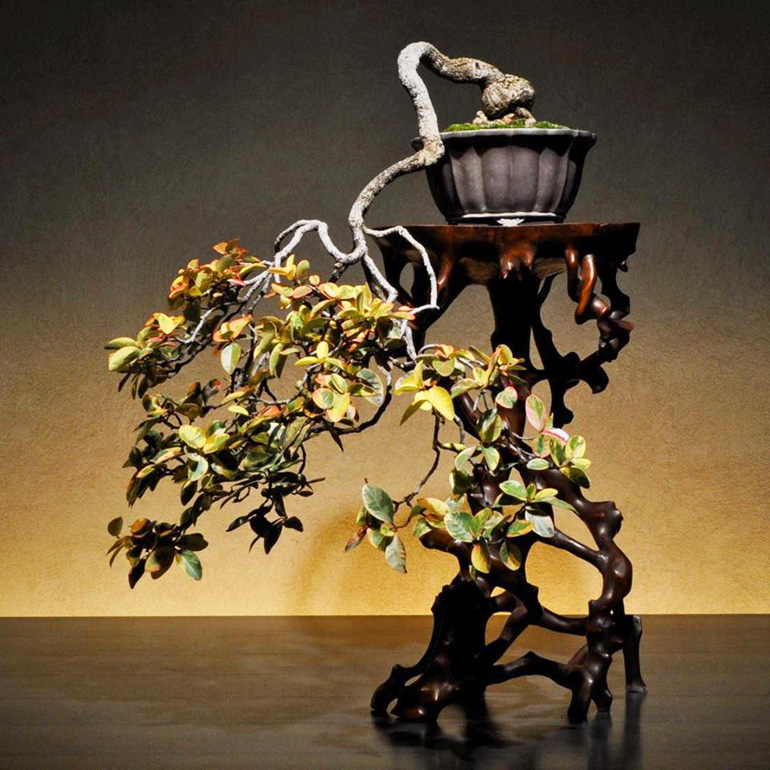
Star jasmine fully cascading with all the foliage below the pot
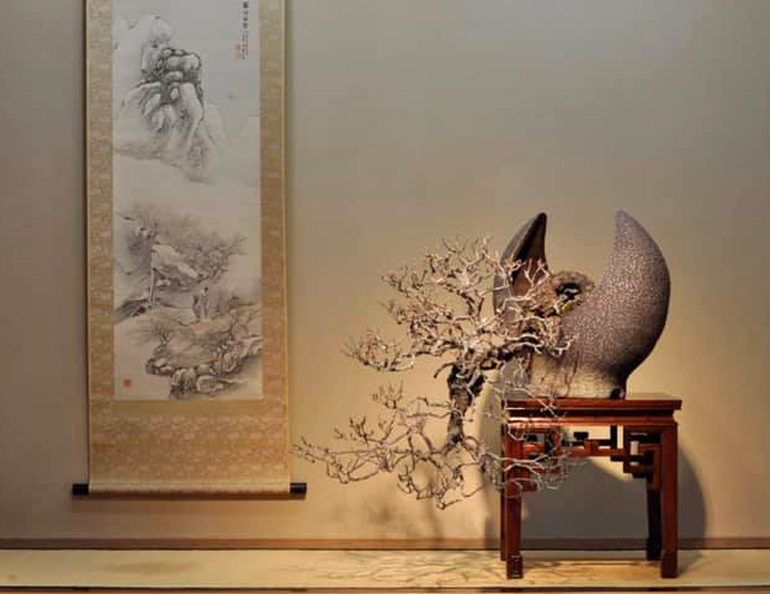
Another Japanese apricot (Ume). This time with a moon pot
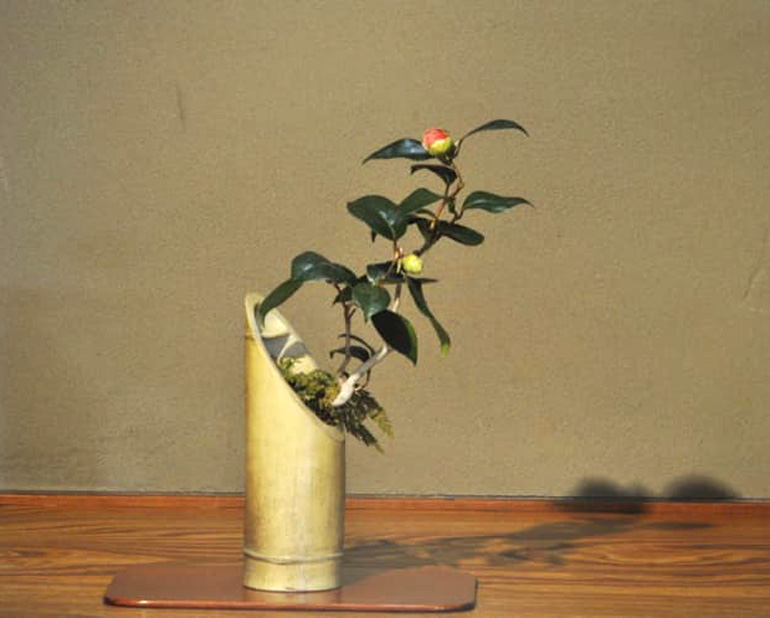
Camellia japonica 'Unryu.' Is the pot made of bamboo or is it ceramic made to look like bamboo?
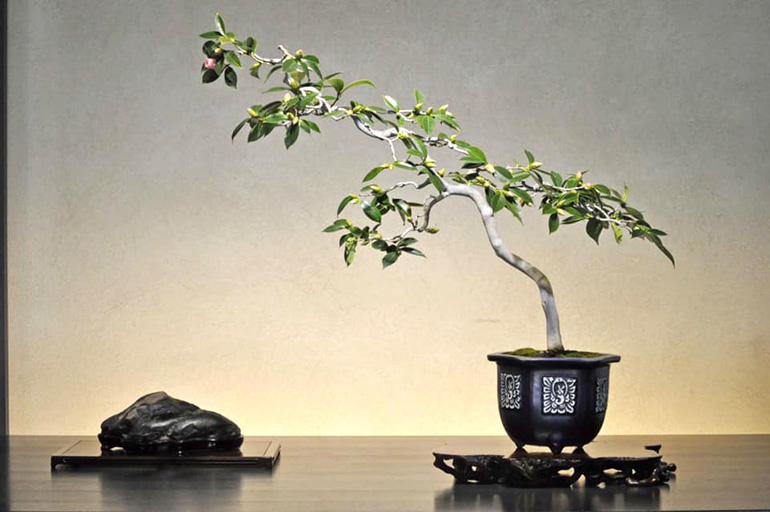
This elegantly flowing tree is a Camellia wabisuke 'Hatsukari'
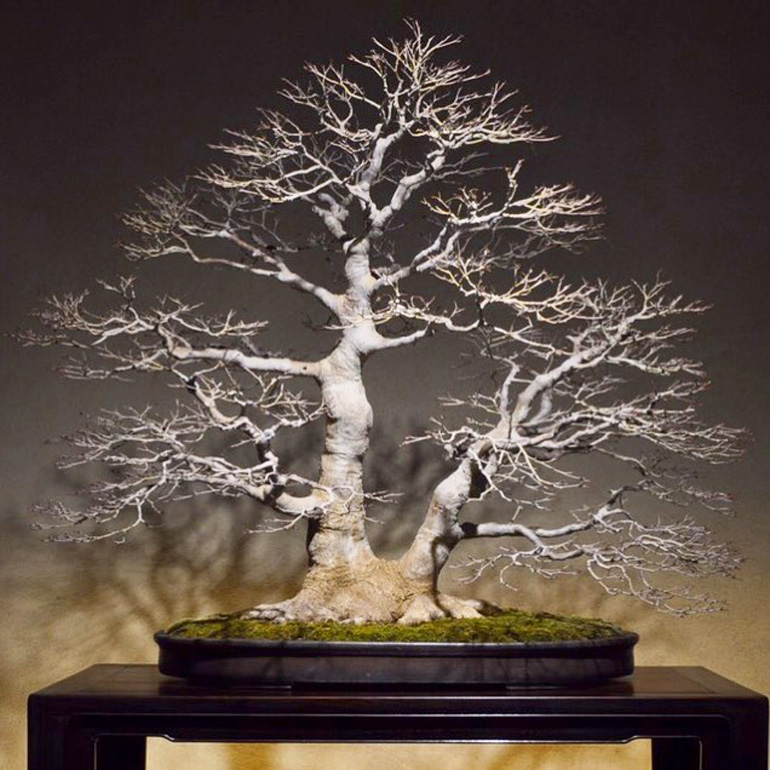
Like so many Japanese maples in Japan, this one has an impressive nebari
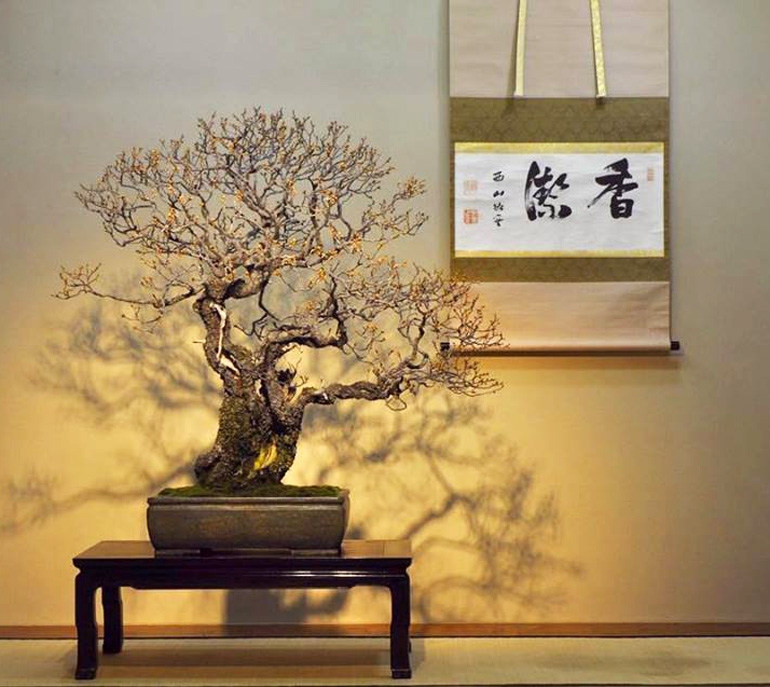
Shadow dancing. The Japanese apricot from above
20% OFF EVERYTHING
SITE WIDE SALE
ENDS TONIGHT
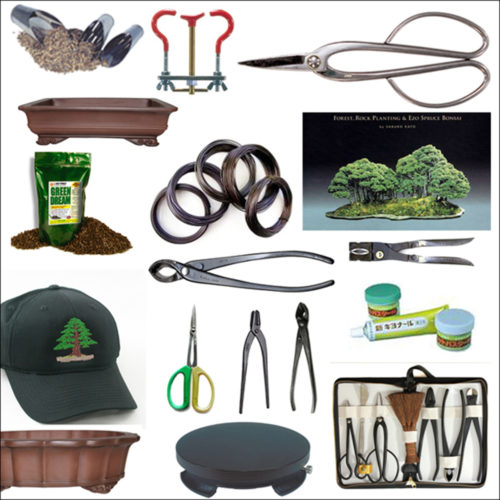
YOU CAN ENJOY EXTRA DISCOUNTS
IN ADDITION TO OUR SITE WIDE SALE
EXTRA 10% OFF 1-2 ROSHI TOOLS
20% OFF 3 OR MORE ROSHI TOOLS
PLUS AN EXTRA 10% OFF BONSAI POTS
–INCLUDING OUR TIE POTS–
THESE SPECIALS END WEDNESDAY, JAN 23RD AT 11:59PM EST
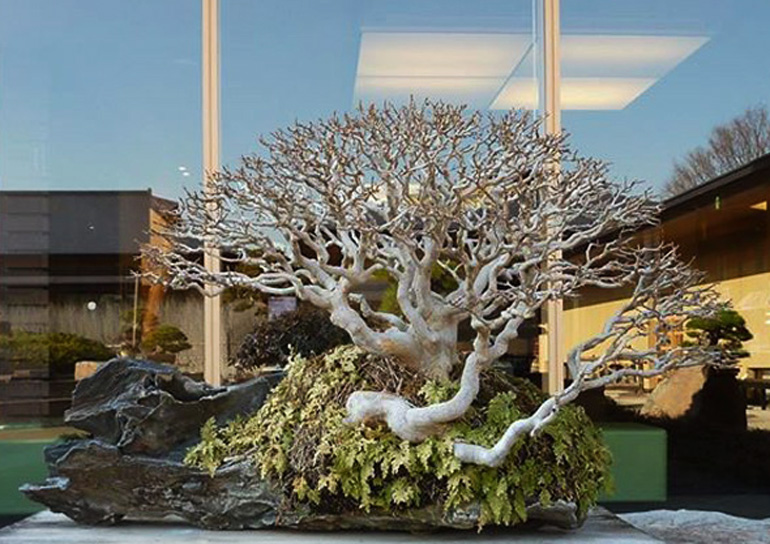
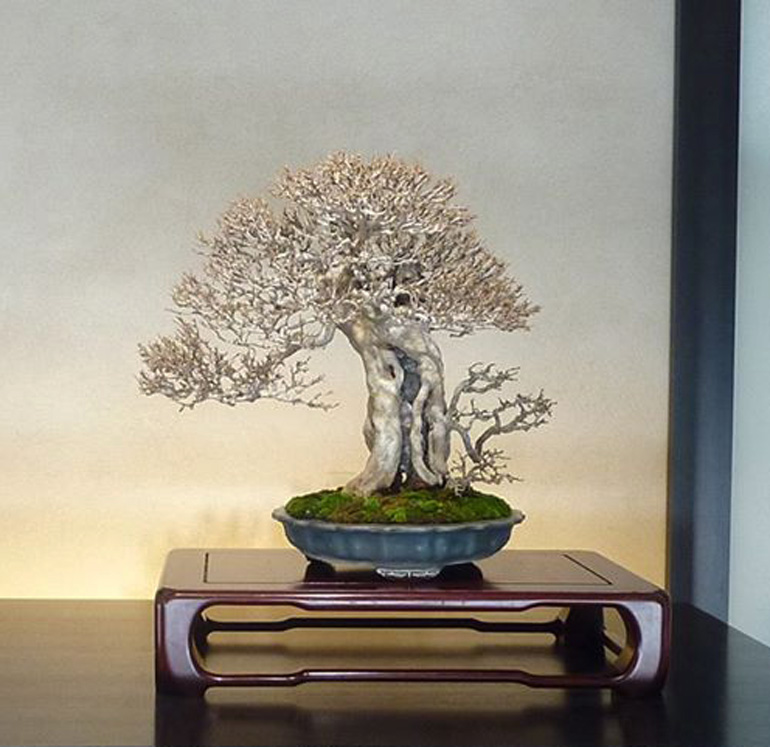
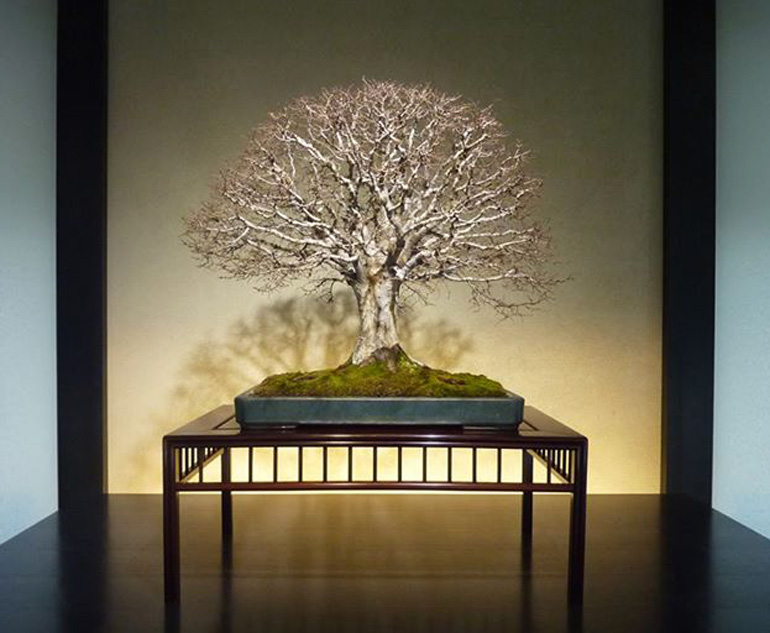 A broom style Japanese Zelkova that shows a powerful old trunk and well-balanced branching with excellent ramification.
A broom style Japanese Zelkova that shows a powerful old trunk and well-balanced branching with excellent ramification.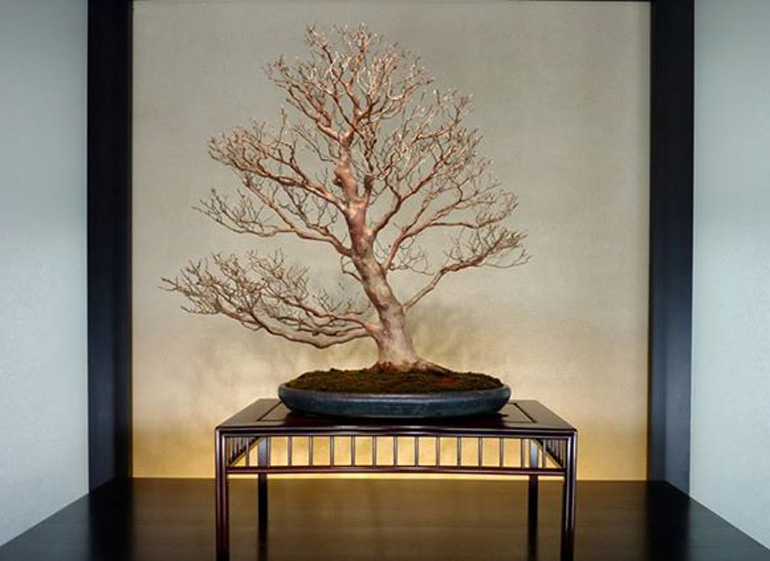
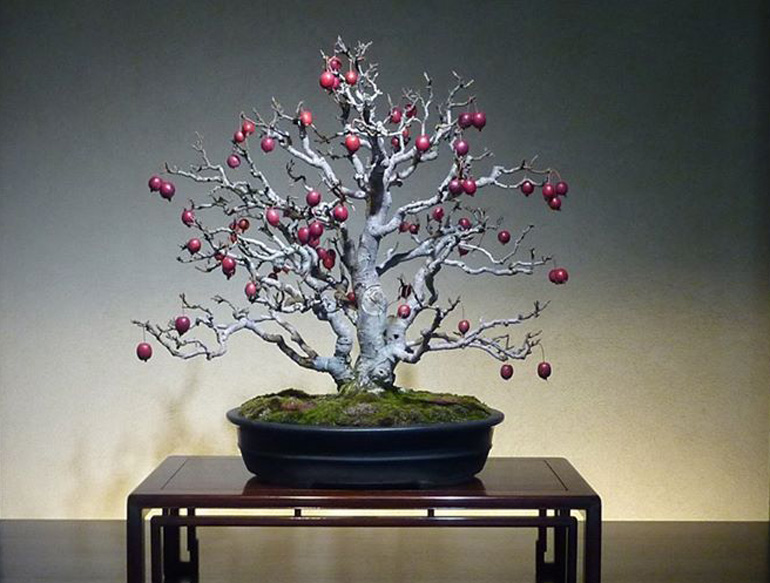 In this case it's more about the fruit than ramification. If the birds don't get them, Crabapples can hold their fruit well into the winter
In this case it's more about the fruit than ramification. If the birds don't get them, Crabapples can hold their fruit well into the winter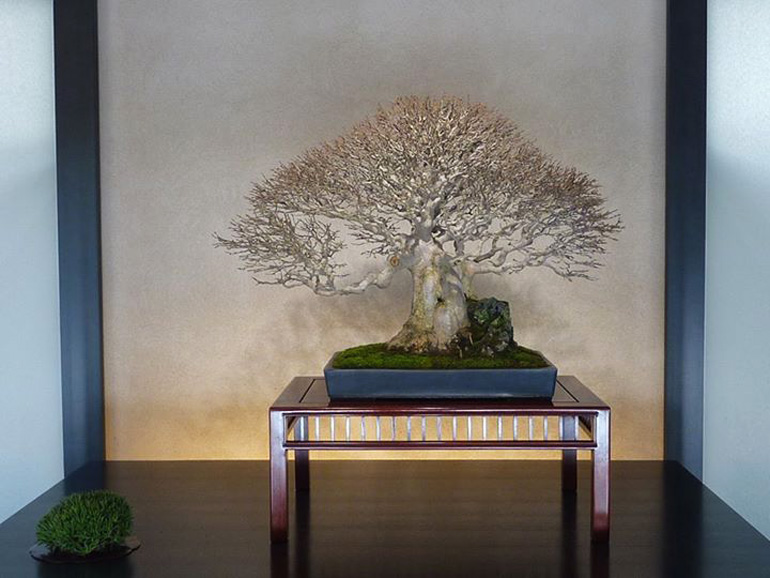
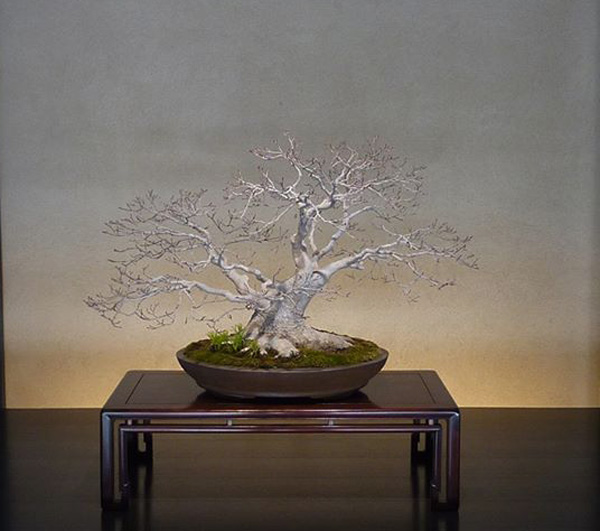 The delicate branching provides a sharp contrast to the short powerful trunk and its striking nebari. Though Tridents often feature the most developed nebari, this Japanese maple is no slouch in that regard
The delicate branching provides a sharp contrast to the short powerful trunk and its striking nebari. Though Tridents often feature the most developed nebari, this Japanese maple is no slouch in that regard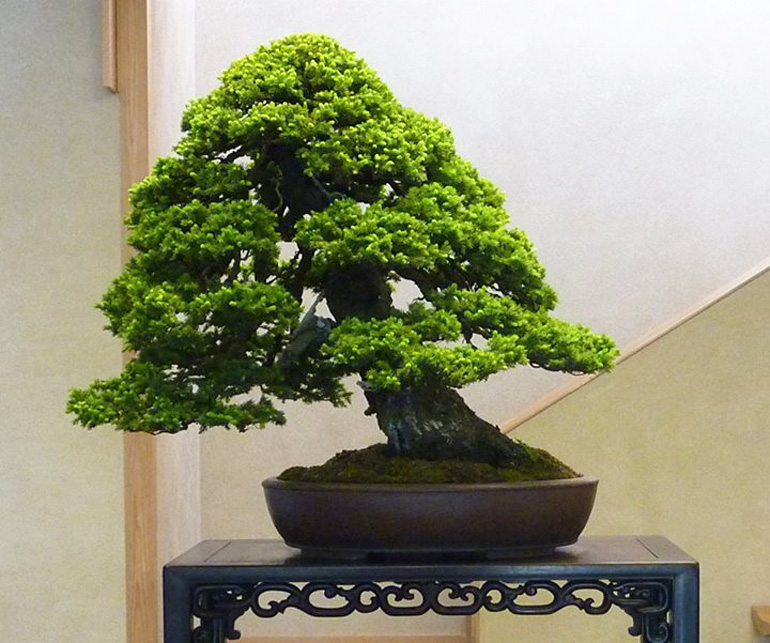
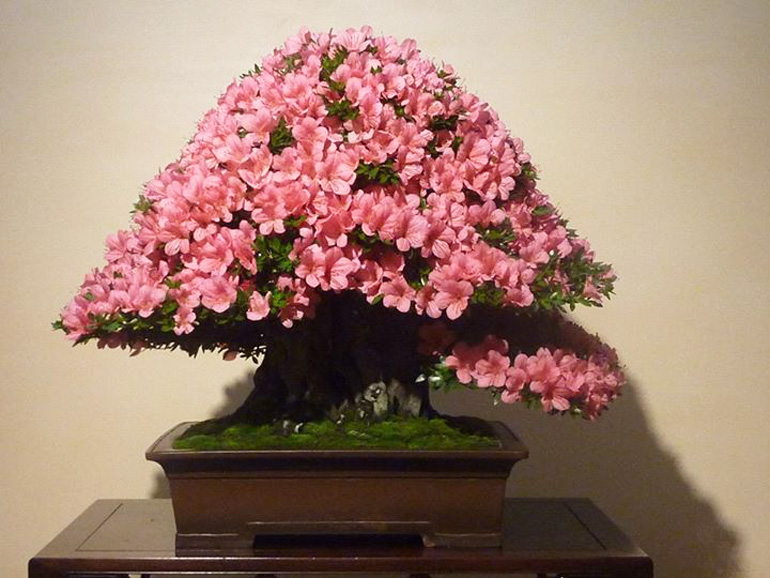
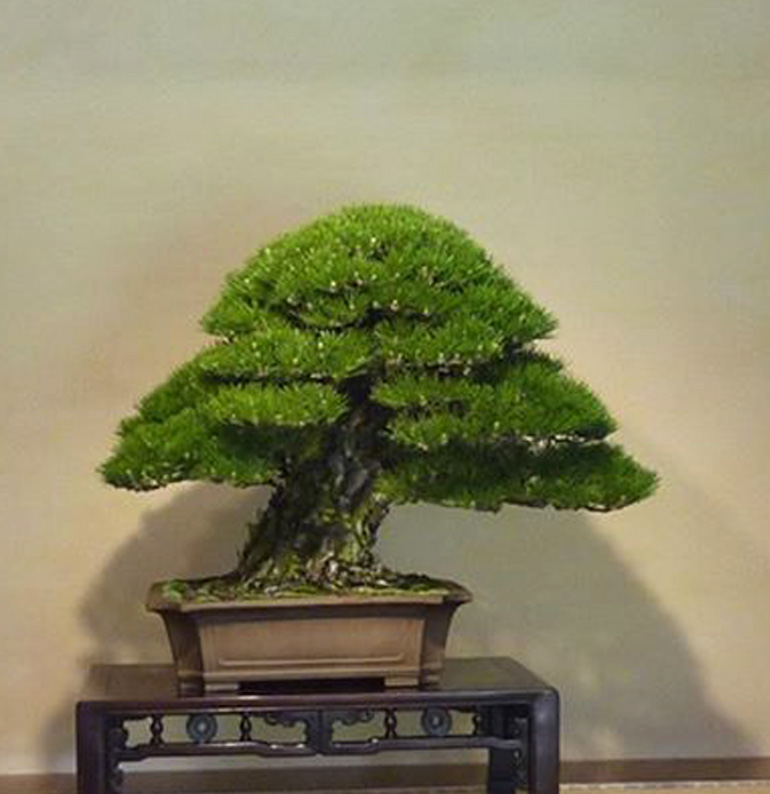
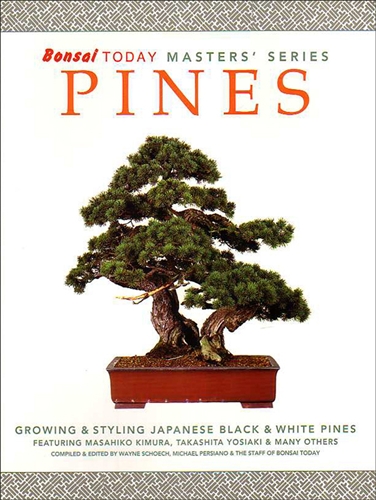
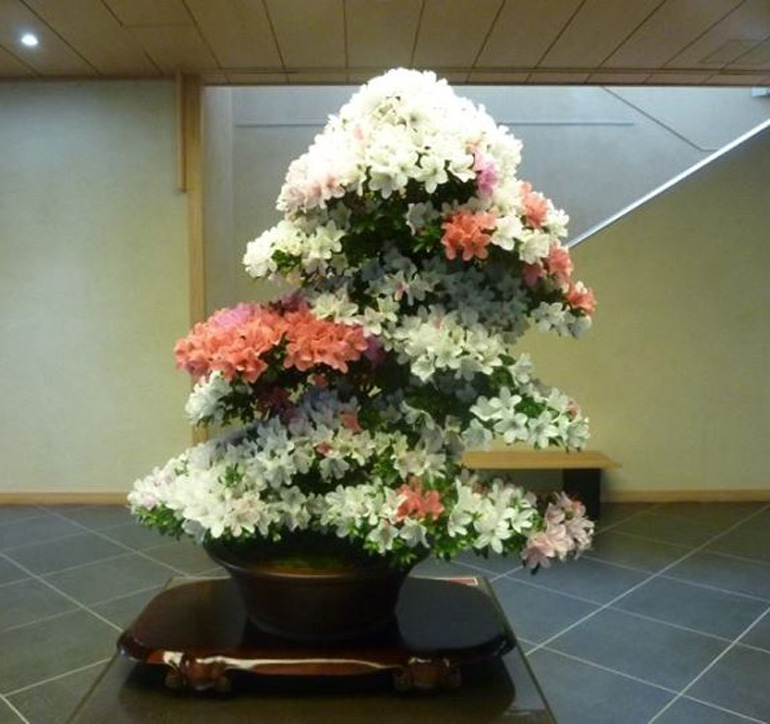
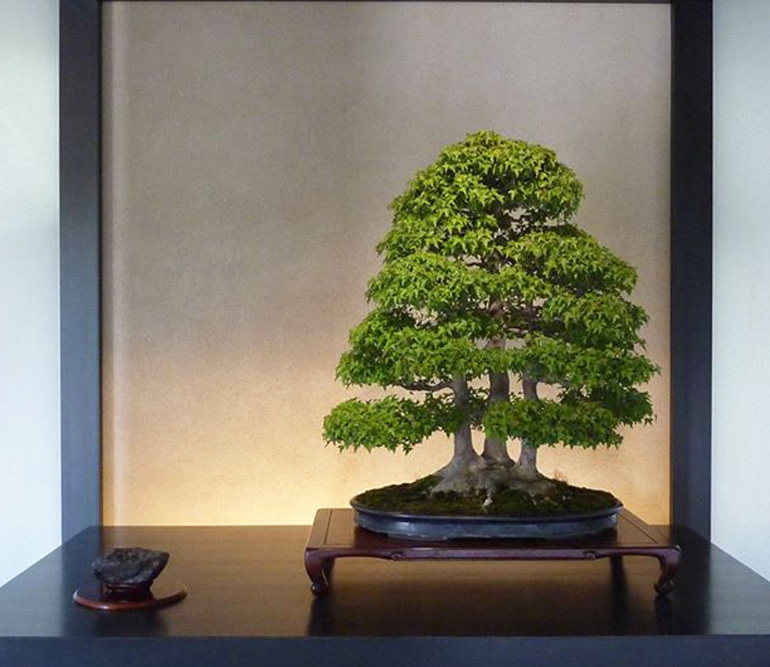
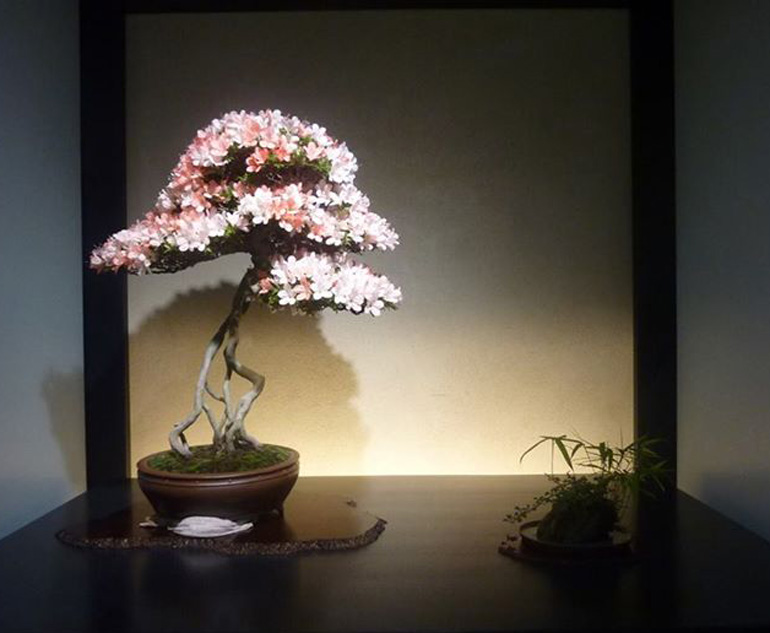
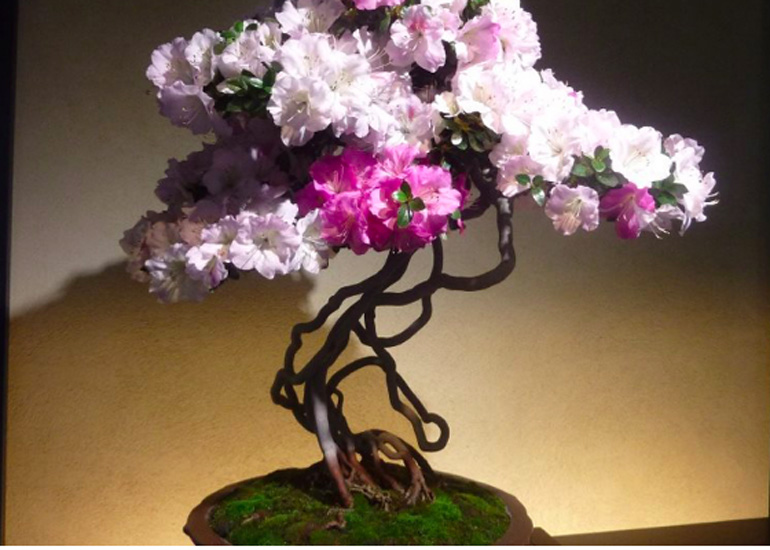
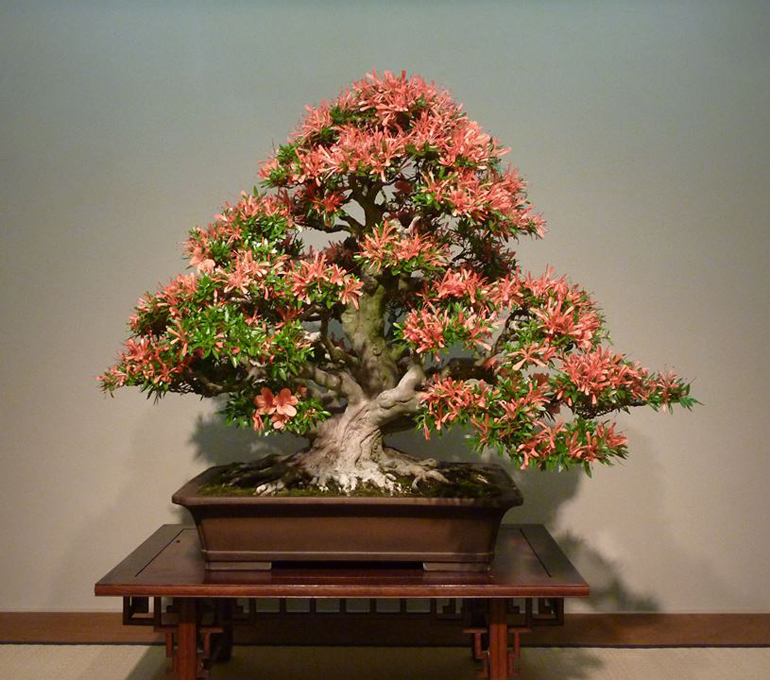
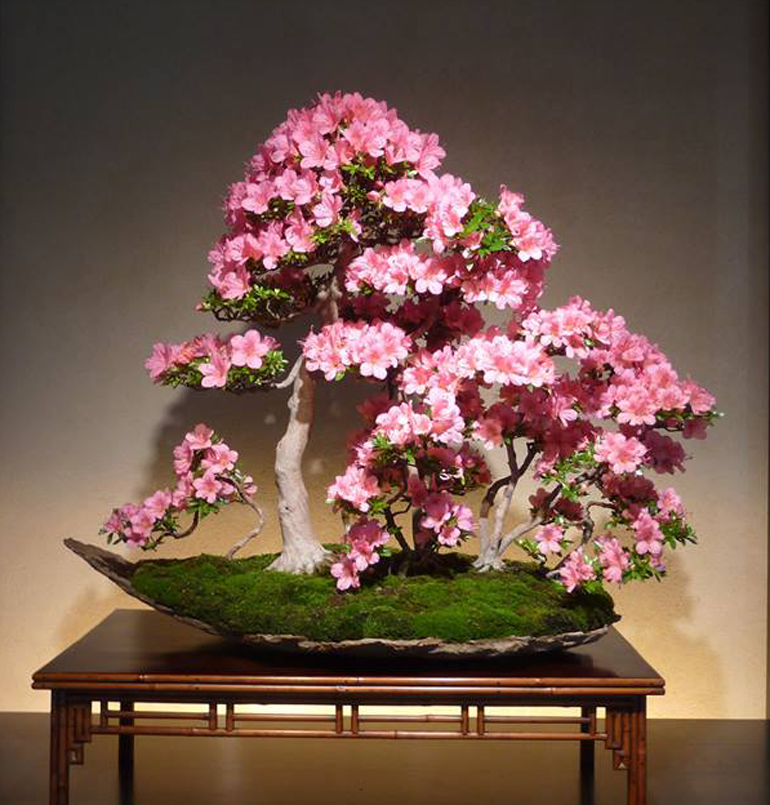
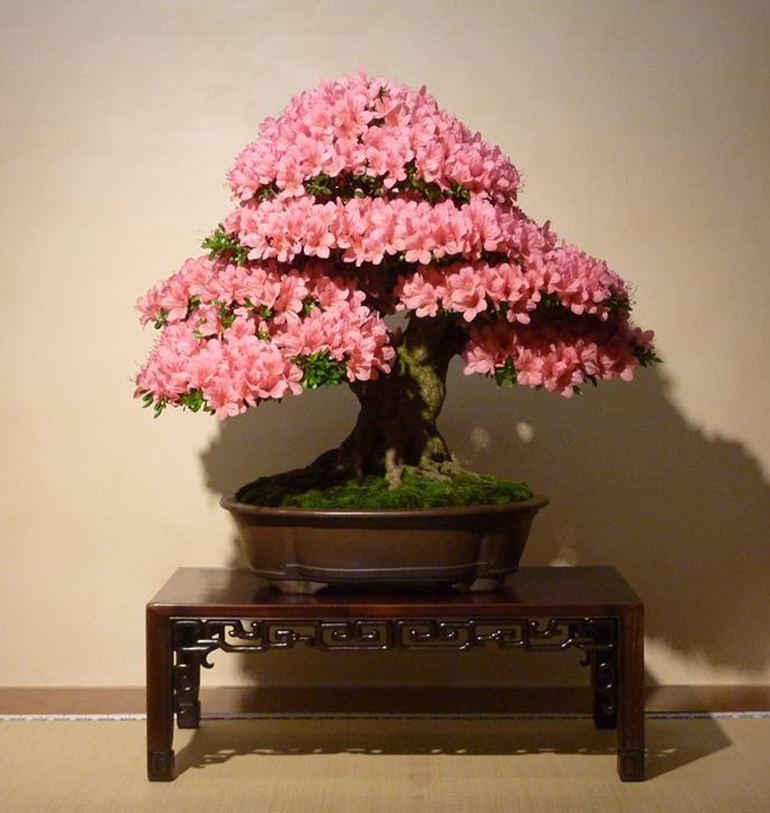
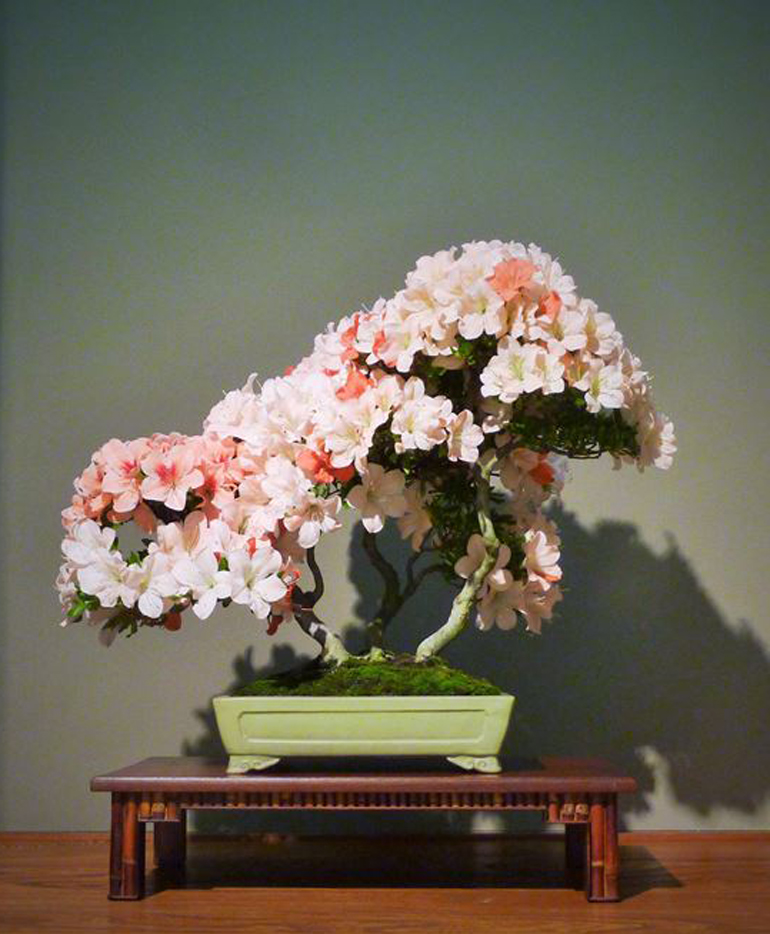
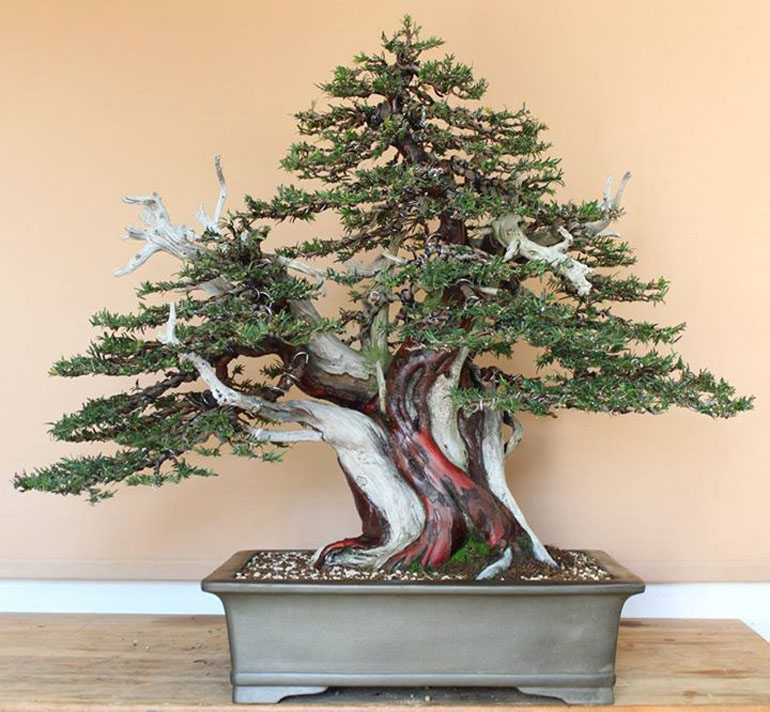
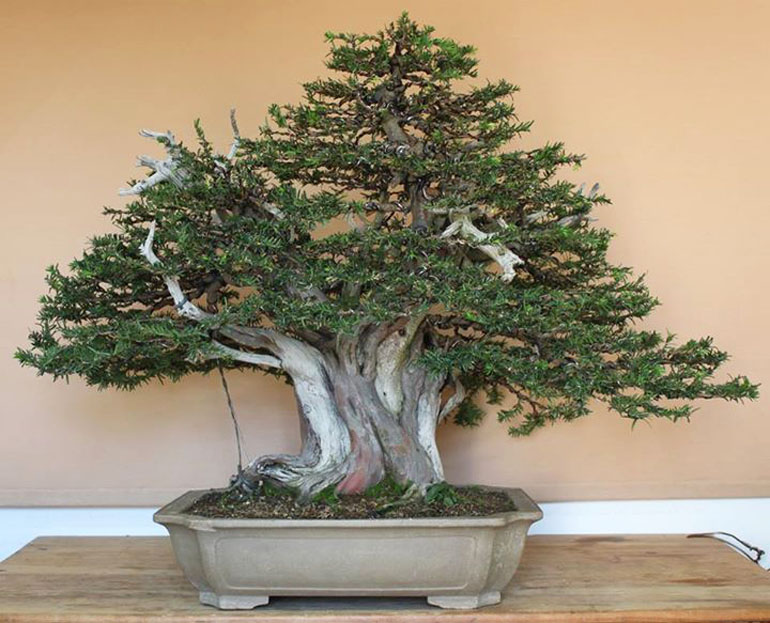 Before. Already a very impressive bonsai. Just needs an expert hand to bring out its best
Before. Already a very impressive bonsai. Just needs an expert hand to bring out its best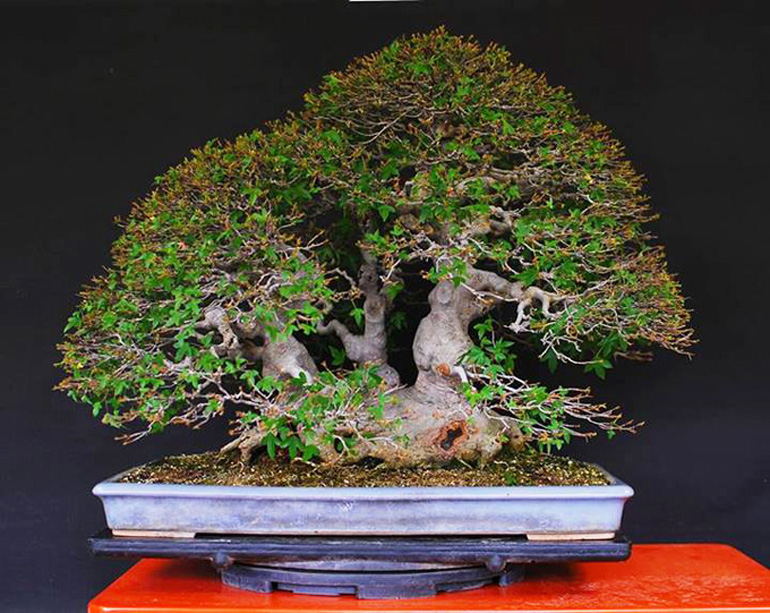 Here’s Juan Adrade’s English caption for this magnificent old Trident maple. “Partial defolation on one of the grandfather trees. Close to 100 yrs old." Here's his Spanish: "Defoliación de las ramas exteriores en uno de los tridentes del abuelo de mi maestro. Este arbol posiblemente se acerca a los 100 años." You might notice the part about exterior branches in the Spanish. This would indicate that Juan is redirecting energy away from the outer tips and down closer to the center of the tree. This photo is from
Here’s Juan Adrade’s English caption for this magnificent old Trident maple. “Partial defolation on one of the grandfather trees. Close to 100 yrs old." Here's his Spanish: "Defoliación de las ramas exteriores en uno de los tridentes del abuelo de mi maestro. Este arbol posiblemente se acerca a los 100 años." You might notice the part about exterior branches in the Spanish. This would indicate that Juan is redirecting energy away from the outer tips and down closer to the center of the tree. This photo is from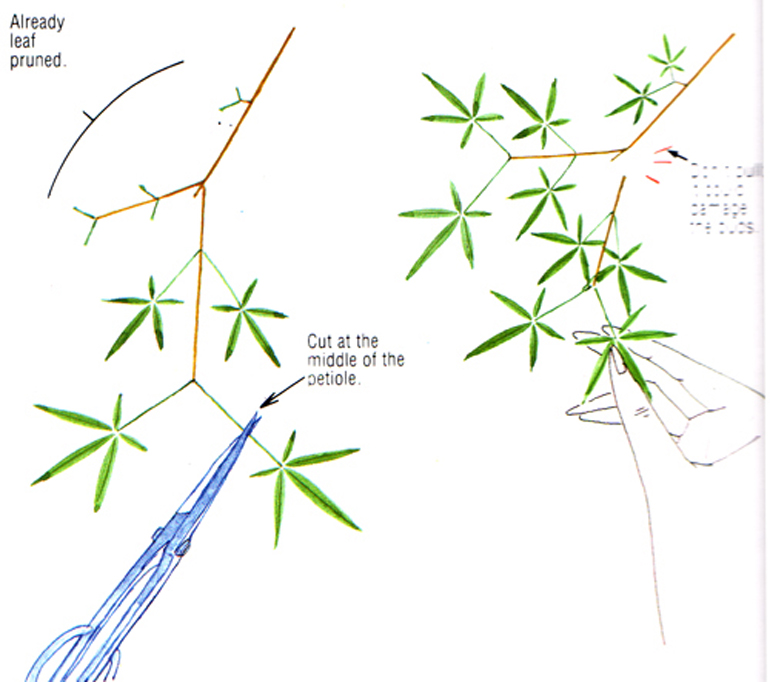
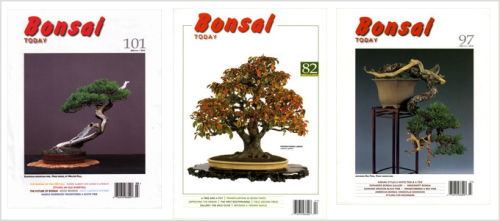
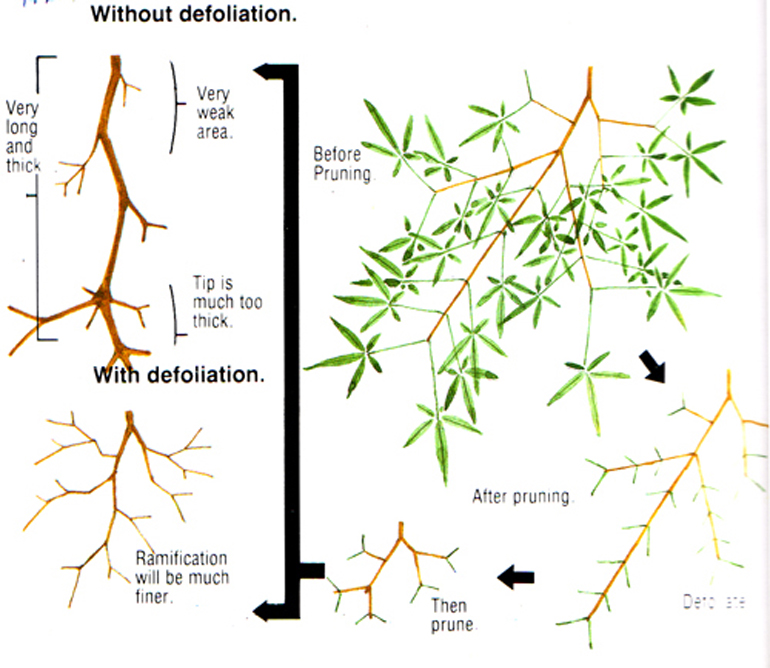 Defoliate, then prune
Defoliate, then prune
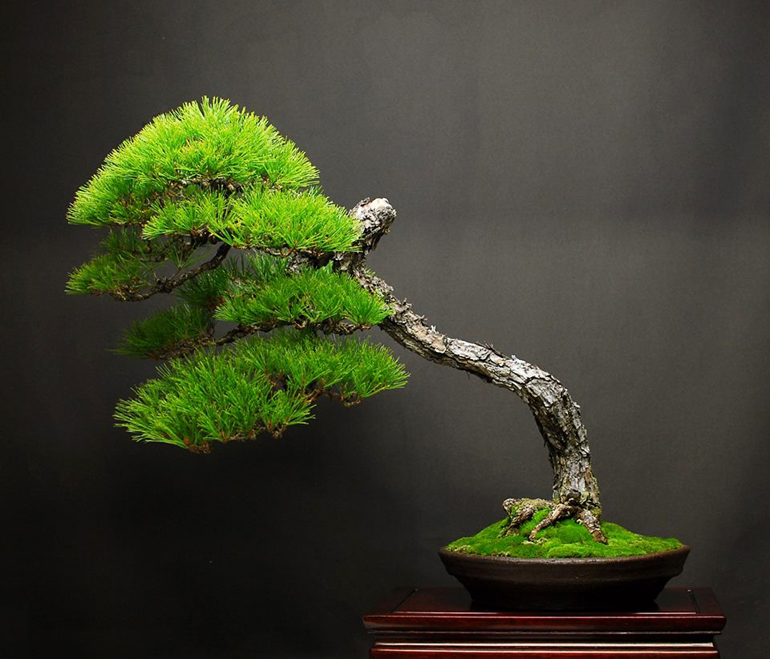
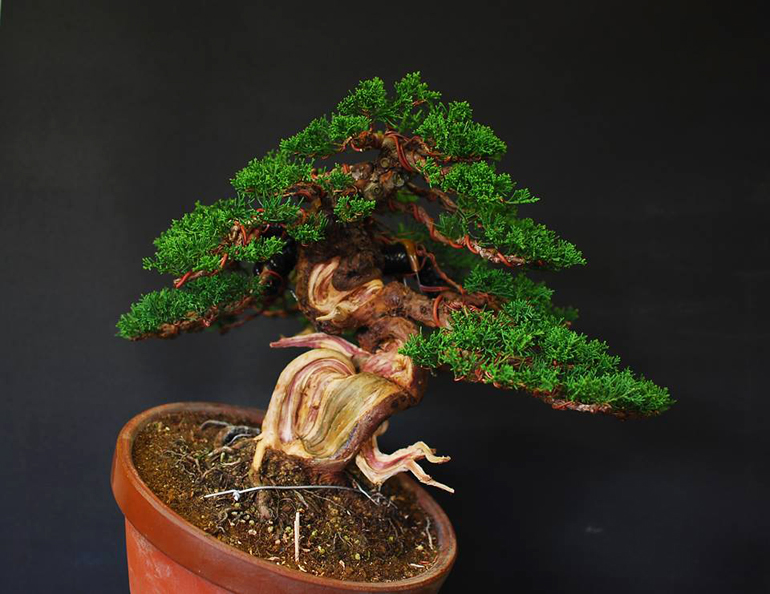
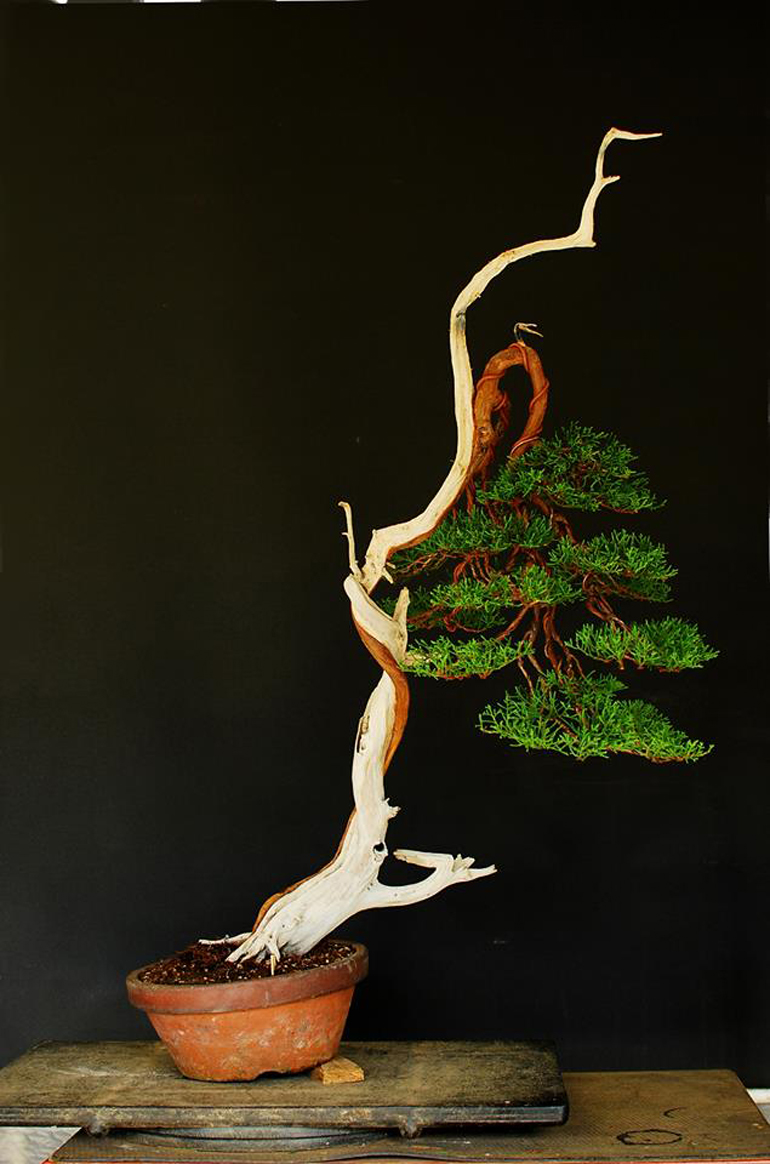
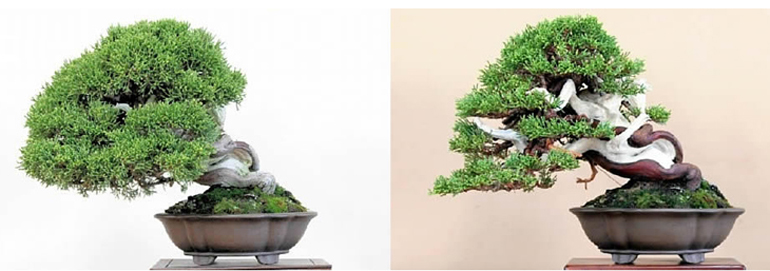
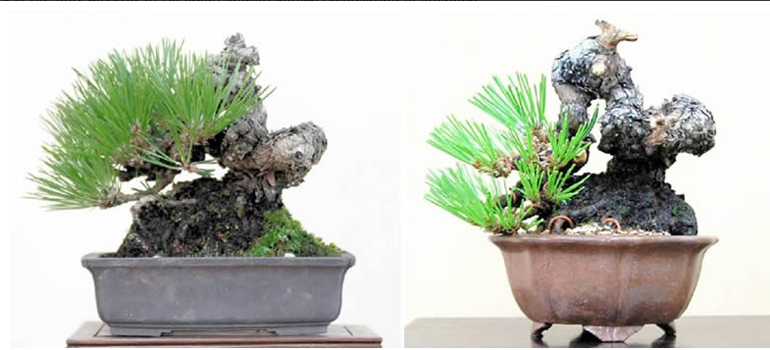
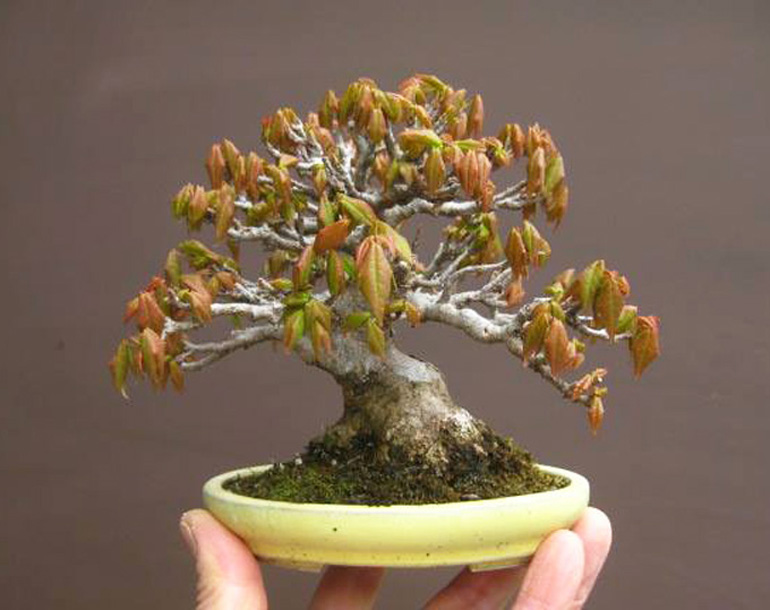 There are few things more delicate than fresh spring Maple leaves (Trident maple in this case). This and the other bonsai in this post are by Haruyosi
There are few things more delicate than fresh spring Maple leaves (Trident maple in this case). This and the other bonsai in this post are by Haruyosi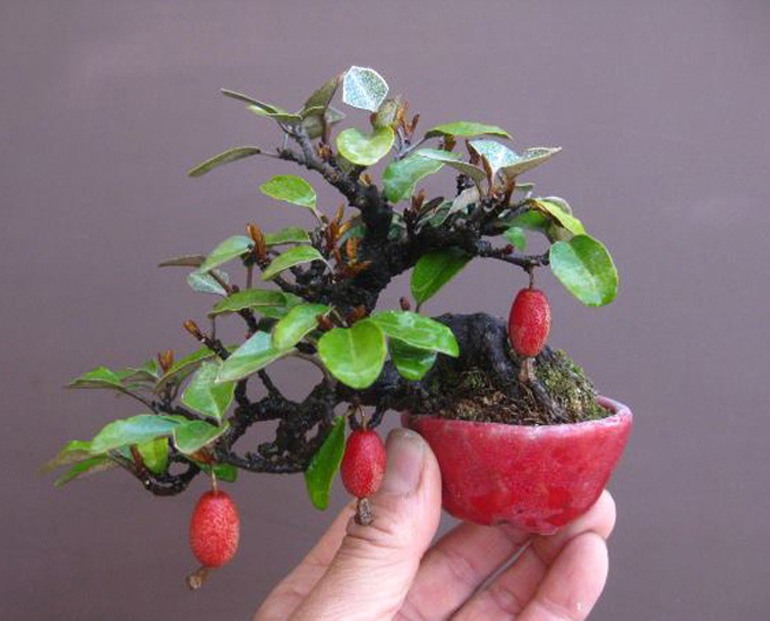 Red on red. In a previous Haruyosi post (
Red on red. In a previous Haruyosi post (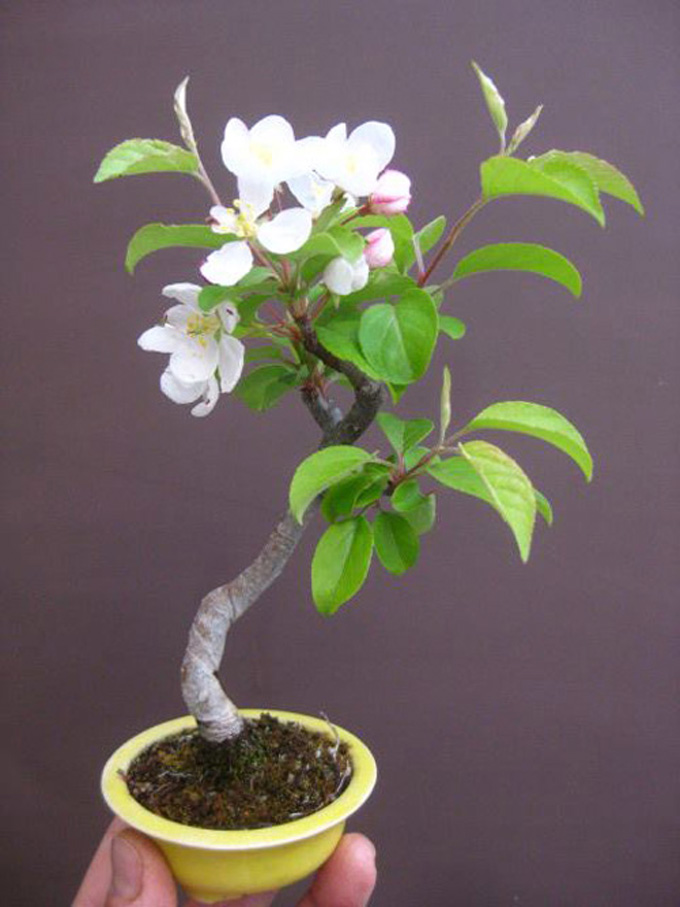 More delicate spring beauty. This time the pot is yellow. It turns out that, like red pots, yellow pots aren't all that common. The tree is Malus halliana (Hall's crapapple).
More delicate spring beauty. This time the pot is yellow. It turns out that, like red pots, yellow pots aren't all that common. The tree is Malus halliana (Hall's crapapple).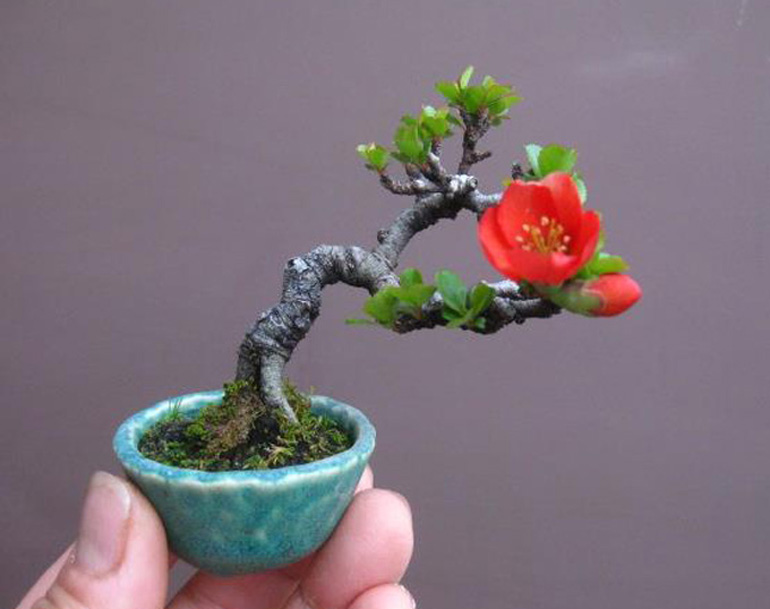 This one is a Japanese quince (Chaenomeles speciosa)
This one is a Japanese quince (Chaenomeles speciosa)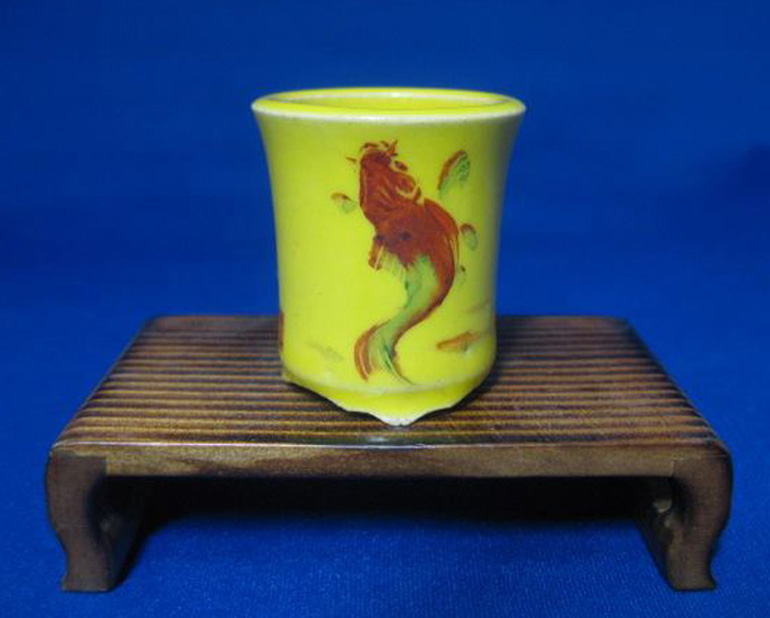 Red and yellow together. In addition to being a highly accomplished bonsai artist, Haruyosi is a highly accompished ceramic artist
Red and yellow together. In addition to being a highly accomplished bonsai artist, Haruyosi is a highly accompished ceramic artist